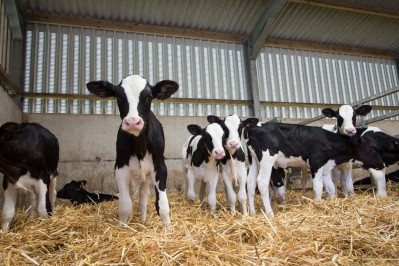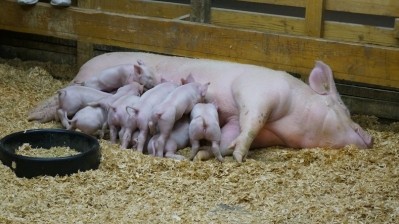Early animal nutrition trends: Part 2
In ovo nutrients, CLA for sows, and weaner diets: new feeding strategies at EuroTier 2014
Dr Zehava Uni, professor of animal sciences at the Hebrew University of Jerusalem, highlighted the benefits of nutritional supplementation at the embryonic stage in broilers.
She said her team’s research has shown that during the last days of incubation, the levels of phosphorus, iron, zinc and copper in the yolk are low. These minerals are consumed from the yolk and leave the embryo at day 17 with no external source of minerals for about six days.
This may impair the embryonic and hatchling development, which may lead to leg and skeletal problems and an immature immune system in rapid growing strains, said the Israeli academic.
Dr Uni said her findings show such health challenges can be prevented by supplementing the nutrients to the breeder hen diet or by means of in-ovo feeding - insertion of a nutrient solution into the embryonic amniotic fluid - at day 17 of incubation.
She also said nutrient rich post hatch feeding strategies are critical, with no delay to first feed.
Piglet birth weight
Dr Sophie Slawski, nutritionist at German feed ingredients supplier, Berg + Schmidt, talks about how supplementing the diet of sows with conjugated linoleic acid (CLA) results in piglets with a higher birth weight.
She said a trial using the company’s additive, an isomeric form of linoleic acid - LodeStar CLA L50 - showed piglets had an increase in birth weight of 18.4%, while the weight gain of the young animals in the first 70 days was 23.7% above that of a control group.
The ingredient, said Slawski, enables a larger amount of colostrum production in the sow, thus ensuring the piglets have a better supply of antibodies directly after birth, boosting their immune systems.
Due to strict regulation about the use of antibiotics in the Danish livestock production sector, Sønke Møller, nutritionist at the Danish Pig Research Centre, says piglet farmers there are extremely focused on minimizing problems when shifting between diets in the growing period.
He said producers use ingredients such as organic acids and highly digestible protein sources as well as relying on strategies such as differentiated feeding to avoid diarrhea incidences.
















